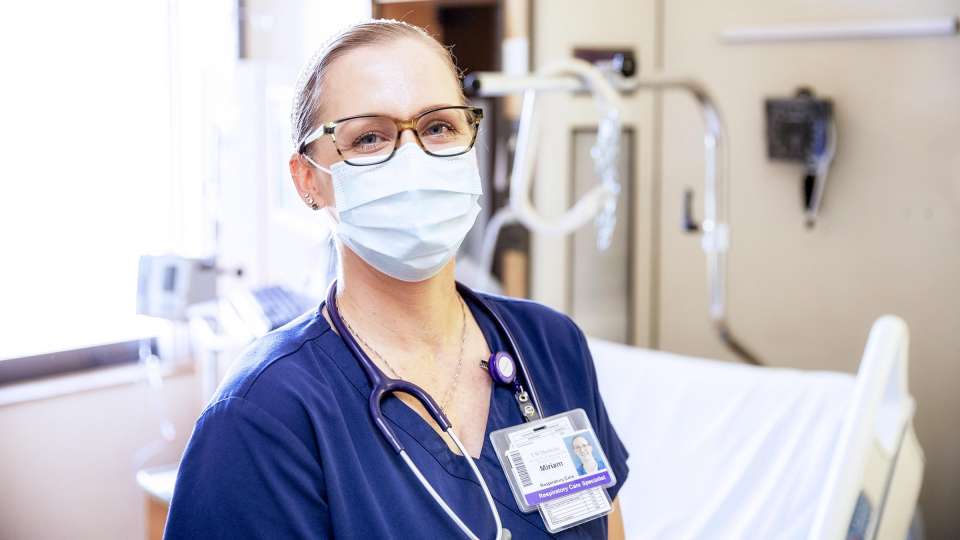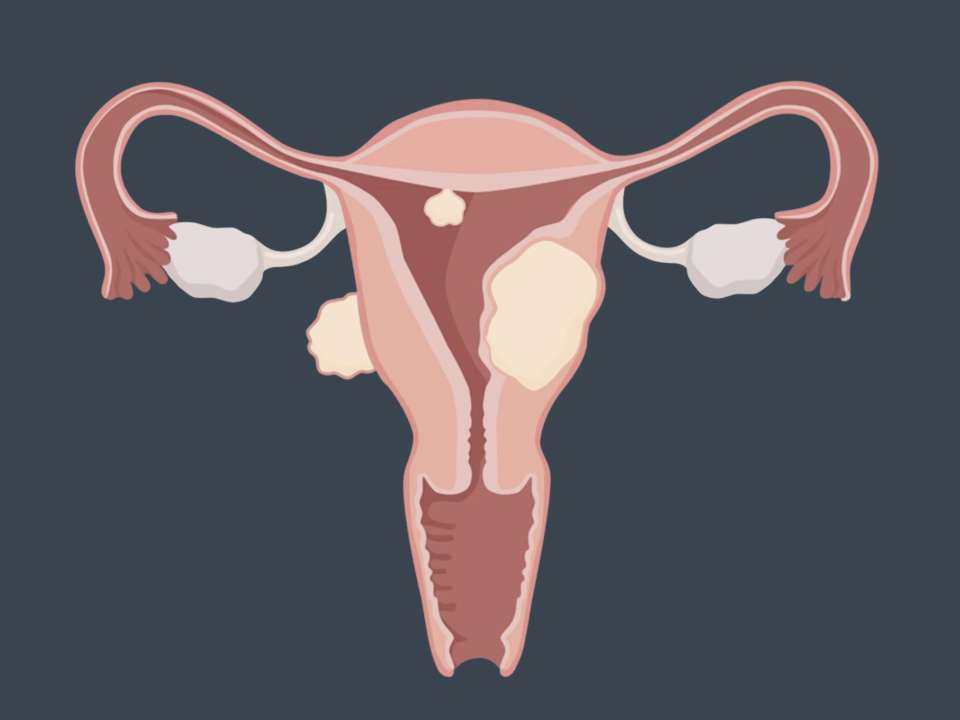Sepsis: What You Should Know about the Condition That's More Common than a Heart Attack

Sepsis is a life-threatening medical infection that is more common than heart attack, and kills more people in the United States than prostate cancer, breast cancer and AIDS combined. But more than half of adults in most developed countries—including the United States—have never even heard of it.
What is sepsis?
"Sepsis is your body overreacting to an infection," says David Carlbom, M.D., director of Michael K. Copass, MD Paramedic Training Program at Harborview Medical Center. "Sepsis is always associated with an infection. We typically think of it more commonly with a bacterial infection but it could be from viral or fungal infection in people with poor immune systems. Many people think sepsis is only blood infection but actually the most common source is the lung with pneumonia or urine with bladder or kidney infection."
We all know that infections are common. But few of us are aware of how common sepsis is, too. "Sepsis is exceedingly common," says Carlbom. "Probably the current estimate is about 2 million cases of sepsis a year in the United States. If you look at inpatient records, it accounts for 30 – 50 percent of deaths in the hospital."
What are the signs and symptoms?
Early detection of sepsis is important to its successful treatment—with IV fluids and antibiotics. "One way of remembering the signs and symptoms of sepsis is to remember the word “sepsis,” says Carlbom. "'S' can stand for shivering, fever or cold, 'E' for extreme pain, 'P' for pale skin, 'S' for sleepy or confused, 'I' for “I feel like I might die” and 'S' for shortness of breath."
What should you do if you suspect sepsis?
"Sepsis is a medical emergency," says Carlbom. "In particular if you are lightheaded or confused or breathing faster than twenty times a minute, I think calling 911 so the paramedics can initiate sepsis care and take you to the hospital where you can be evaluated and treated quickly is of great importance."
One of the tricky aspects of identifying sepsis is its onset. Says Carlbom, "Unlike trauma or cardiac arrest where the moment of the event is well known and well identified, sepsis can start sort of insidiously. You are a little sick, you stay home; you are a little sicker the next day."
How can sepsis be prevented?
Because sepsis is always triggered by an infection, if you can prevent infection, you can prevent sepsis, too. What are the best measures to take to prevent infection? "Just good general prevention of infection I think is the key," says Carlbom. "So having good habits, washing your hands always before you eat, washing your hands when you come back from being out and about, wearing a mask if you have a cough and honestly, not going to work sick."
Since rapid detection and treatment of sepsis makes recovery more likely, building awareness of sepsis is an important public health campaign. What can the individual do? "I do think families and patients can make a difference by advocating. I think just that simple phrase so that the doctor can hear—“I am concerned that this could be sepsis”—could really improve the care in the primary care setting."

 Healthy ideas for your inbox
Healthy ideas for your inbox





